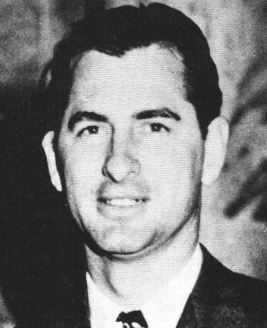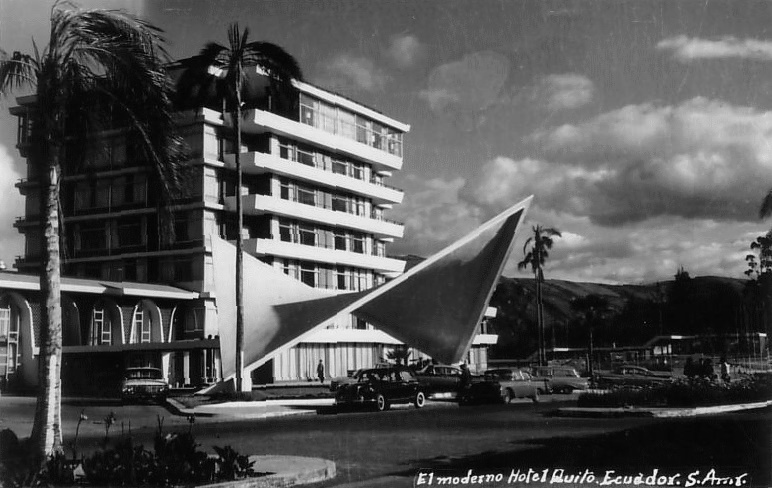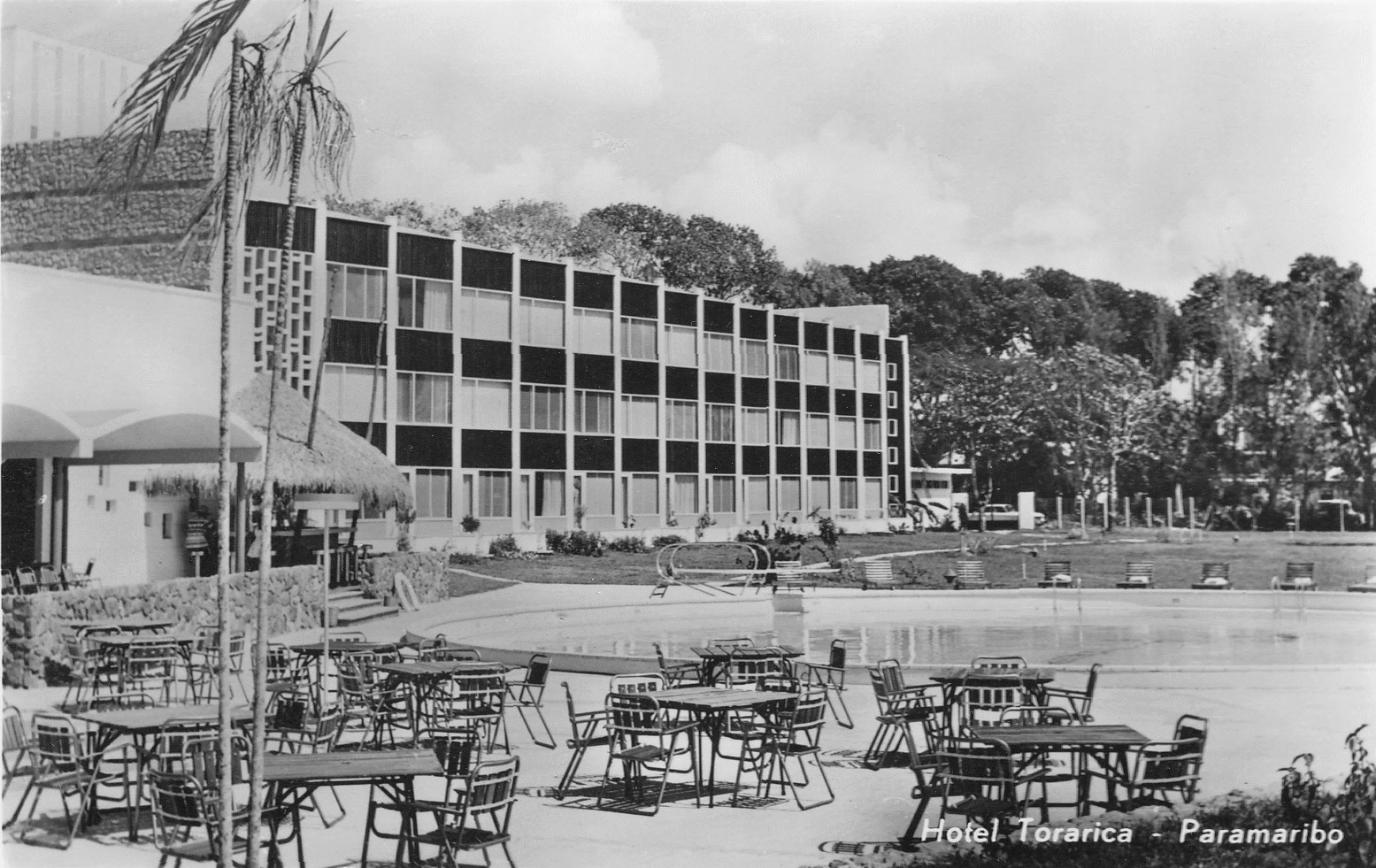|
Listen to this blog post here
Getting your Trinity Audio player ready...
|
1958-1962
With their involvement in Nevada casinos behind them, Silver State residents, Clifford “Cliff” A. Jones and Jacob “Jake” Kozloff, together accrued a string of gambling enterprises in and around South America.
Who They Were
Kozloff (1901-1976), was a Russia-born businessman who’d owned the Lebanon Valley Brewing Company in Pennsylvania for two decades. He’d sold it and moved to Las Vegas in the late 1940s. There, he’d invested in various hotel-casinos over the ensuing years, including the Thunderbird, Frontier, Golden Nugget, Royal Nevada and Hacienda.
Missouri-born Jones (1912-2001) was an attorney, had founded the Jones, Jones Close & Brown law firm and had been the lieutenant governor of Nevada between January 1947 and December 1954. He’d held interests in Las Vegas resorts, including the Last Frontier Hotel, Lucky Strike Club, Pioneer Club, Westerner Club and Silver Palace.

Kozloff

Jones
Driving Forces
Both men had a reason to focus on opportunities outside of the U.S. Regarding Jones, the Nevada Gaming Commission in 1958 made him (and other Nevada gambling licensees in a similar situation) choose between his Nevada and his international holdings. (Then, Nevada law disallowed simultaneous ownership of gambling enterprises inside and outside Nevada). Jones divested of his domestic holdings and kept the one he held in Cuba, the Havana Hilton casino, until Fidel Castro became Cuba’s prime minister. At that time, in January 1959, Castro closed all of the country’s casinos, kicking out all of the Americans, many of them Mobsters, who owned and ran them.
As for Kozloff, Nevada’s gaming regulators had denied him a state gambling license in 1956.
New Casino Ventures
In four years’ time, doing business as Caribbean American Investment Inc., a Liberian corporation, partners Jones and Kozloff added the gambling concessions at four international casinos, all in different countries, to their holdings. They were as follows.
1958: HAITI
The duo first had success in Haiti, when, in 1958, government officials asked them to run the Casino International in Port-au-Prince. Kozloff and Jones became the casino’s primary shareholders. According to their gambling agreement, the Nevadans got 60 percent of the gross casino revenues, the Haitian government got 20 percent and the rest went toward maintenance.
“Since putting new life in Haiti’s government-owned casino, [Kozloff and Jones] announced plans to enlarge their horizon to include a chain of gambling parlors strategically placed throughout the tourist-popular West Indies,” reported The Miami Herald (March 15, 1959).

Casino International
1959*: ARUBA
Caribbean American Investment next garnered the casino concession at the new, $5 million Aruba Caribbean hotel sited on the white sands of the island’s Palm Beach. New York architect, Morris Lapidus, who’d designed many Miami Beach buildings, designed the property for owner Condado Caribbean Hotels Inc. This Chicago-based company also owned the Executive Hotel in the Windy Cindy, eventually the headquarters of James “Jimmy” R. Hoffa’s International Brotherhood of Teamsters.

Aruba Caribbean
“[Aruba] is being called the new Cuba at the Caribbean, since many Americans who previously wintered in Cuba are now visiting Aruba to take advantage of the island’s miles of white beaches, its new hotel accommodations and the ever-popular gambling casino at the Aruba Caribbean Hotel,” reported The Salt Lake Tribune (Jan. 29, 1961).
1960: ECUADOR
Early in the following year, Jones and Kozloff expanded into Ecuador. They landed the gambling concession at the just built, elegant 250-room Hotel Quito located in and named after the country’s capital. At the resort designed by U.S. architect Charles McKirahan in a modernist style, the casino offered an array of games, including craps, blackjack, chemin de fer, poker, roulette and slot machines.
“The most popular feature of the hotel to the guests was the casino, operated on a high level by operators from Las Vegas,” Garth C. Reeves wrote in The Miami Times (Dec. 8, 1962).

Hotel Quito
1962: SURINAME
In 1962, Caribbean American Investment added to their portfolio a fourth casino, located at another new hotel. That one was the 80-room Torarica Hotel-Casino on the river in Paramaribo, the capital of Suriname,** formerly Dutch Guiana. Chicago’s Condado Caribbean Hotels also built and owned this property.

Hotel Torarica
As for all of the above gambling opportunities, the two Nevadan gambling entrepreneurs never pursued them, Kozloff told The Miami Herald. Rather, officials in the various countries sought out him and Jones and proposed that the duo take on their casinos.
—————————————–
* In 1959, before Aruba, it appeared as if the Puerto Rican government was going to grant the gambling concession at the new Barranquitas resort to Caribbean American Investment, but, ultimately, it decided against it.
** Until January 1978, the country’s name was spelled “Surinam.” Now, it’s spelled “Suriname.”






